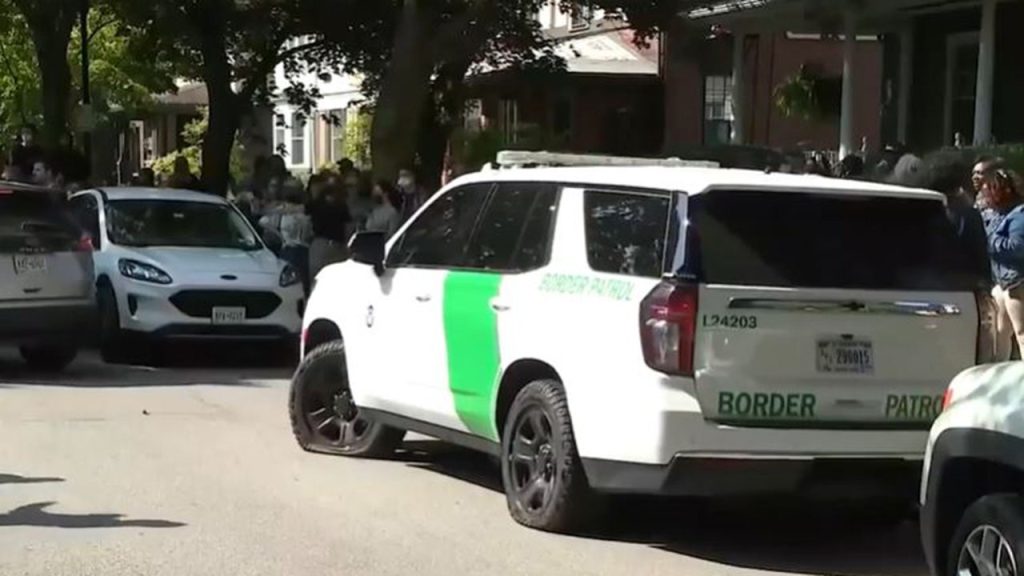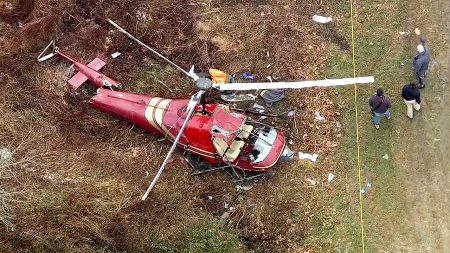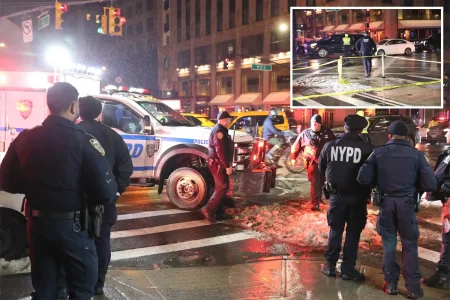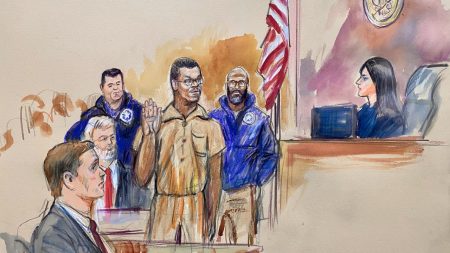Immigration Standoff in Rochester Highlights Growing Tensions Over Enforcement
In a tense confrontation that underscores America’s deepening divisions over immigration policy, federal agents and over 100 protesters faced off in Rochester, New York this week, ending with agents retreating from the scene with slashed tires and most of their operation incomplete. The dramatic four-hour standoff in the city’s Park Avenue neighborhood began when Immigration and Customs Enforcement (ICE) agents, accompanied by Customs and Border Protection (CBP) officers, arrived at a residential job site where a roofing crew was working.
What started as a routine removal operation in the sanctuary city quickly escalated into something far more complicated. Federal agents managed to detain one worker, but their colleagues refused to come down from the rooftop, creating a stalemate that attracted significant attention in the community. As word spread, protesters rapidly assembled at the location, their numbers swelling to over 100 people voicing opposition to the enforcement action. The crowd wasn’t passive—chants of “shame” filled the air, with some protesters reportedly comparing the federal agents to the “gestapo,” reflecting the emotionally charged atmosphere surrounding immigration enforcement actions.
The situation took a more serious turn when a CBP vehicle reportedly had its tires slashed, forcing agents to retreat as the crowd applauded. Local media captured images of the disabled SUV being towed several blocks from the scene, symbolizing the operation’s unraveling. Ultimately, after four hours, federal agents abandoned their attempts to detain the remaining workers, marking a victory for the protesters and community advocates who had intervened. The Western New York Coalition of Farmworker Serving Agencies played a crucial role in mediating the standoff, with coalition Executive Director Irene Sanchez later emphasizing their commitment to “standing alongside farmworkers, immigrants, and migrants to ensure dignity, fairness, and access to justice.”
The confrontation didn’t happen in a political vacuum. Just weeks earlier, the Rochester City Council had voted unanimously to strengthen the city’s sanctuary policy, formalizing limitations on local cooperation with federal immigration enforcement. This policy framework represents one side of America’s polarized immigration debate—communities that prioritize inclusion and protection of immigrant populations, often in direct tension with federal enforcement priorities. The Rochester incident exemplifies how these opposing viewpoints can collide in dramatic and sometimes volatile ways, transforming routine enforcement actions into community mobilizations with unpredictable outcomes.
The standoff occurs against the backdrop of the Trump administration’s intensified immigration enforcement nationwide. White House border czar Tom Homan articulated the administration’s position clearly when speaking to reporters on the same day as the Rochester incident, stating, “President Trump’s been clear we’re going to prioritize public safety threats and national security threats, and data shows that’s exactly what we’re doing.” However, he remained firm on the broader principle, adding, “But if you want me to sit here and bless someone being here illegally, I’m not going to do that because they cheated the system.” This stance reflects the administration’s broader approach to immigration enforcement, which has faced both strong support and fierce criticism across the country.
What happened in Rochester represents more than just a local incident—it highlights the growing tension between federal immigration policies and community resistance, particularly in declared sanctuary cities. As enforcement operations continue nationwide, similar confrontations may become more common, raising questions about how immigration laws can be enforced in communities where significant portions of the population actively oppose such enforcement. The damaged vehicles, abandoned operation, and successful community intervention in Rochester suggest that the practical implementation of immigration policies remains contentious and complicated, often playing out in unpredictable ways on America’s streets rather than in the controlled environment of policy debates in Washington.











